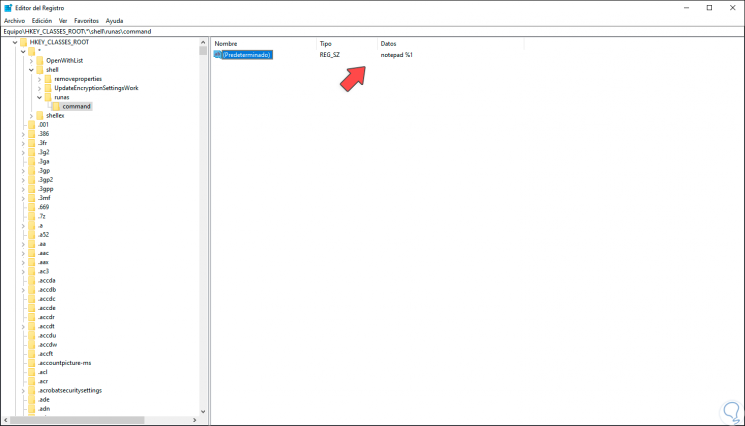

- #Cmd open notepad as administrator how to
- #Cmd open notepad as administrator Pc
- #Cmd open notepad as administrator windows
The below command will create a file called sample.txt in the current working directory (.

Run the New-Item cmdlet specifying the directory to create the file in ( Path), the Name of the file, the type of item ( ItemType), and finally, the text to include in the file ( Value).

#Cmd open notepad as administrator how to
Related: How to use PowerShell to Check if a File Exists (Examples)ġ.
#Cmd open notepad as administrator windows
The New-Item cmdlet can also create Windows registry keys or folders. One of the easiest ways to create a file in Windows with PowerShell is to use the New-Item cmdlet This cmdlet creates new items (a file in this case). If you use the elevate command while being logged in to Windows as a user that. So, open your Windows PowerShell or PowerShell console and let’s get started! Using the New-Item Cmdlet For example, if for some reason you want to run Notepad as administrator. It’s now time to use a more modern approach of using a Windows command prompt to create file with PowerShell! PowerShell has a few different ways to create a file so let’s cover them all. Since the fsutil utility can create blank files of a certain size, the utility is great for creating dummy files for network performance testing! Creating a File with PowerShell When you’ve created the file, run the dir command to list all files in the current working directory But, since the command is using the redirection operator ( >), this operator tells Windows to instead create a file with the text ( sample.txt). This command echoes the text provided ( This is a sample text file) to the command console. In Windows, if you can send something to the command console, you can also redirect that output to a file!ġ. The echo command is a command-line utility that allows you to display messages in a command prompt. Let’s start this tutorial by first covering the echo command. The Windows command prompt should come up, and you’re ready to go. To get started, open the Windows command prompt by clicking on the Start button, typing cmd.exe, and hitting Enter. Let’s first cover how to use the Windows command prompt to create a file that is blank. However, youll require administrator privileges for your batch file to run some commands in the Windows Command Prompt. You have two command-line options in Windows the command prompt ( cmd.exe) or PowerShell. Using Windows Command Prompt to Create File PowerShell 3.0+ – All demos in this tutorial will use PowerShell v7.1.3.
#Cmd open notepad as administrator Pc
A Windows PC – All demos in this tutorial will use Windows 10, but Windows 7+ will work also.If you’d like to follow along with the steps in this tutorial, be sure you have the following ahead of time: Right click on it and open as administrator.Or go to your start screen and search for cmd then hold down CTRL + SHIFT + ENTER. Using the Set-Content and Add-Content Cmdlets.Using Windows Command Prompt to Create File.


 0 kommentar(er)
0 kommentar(er)
